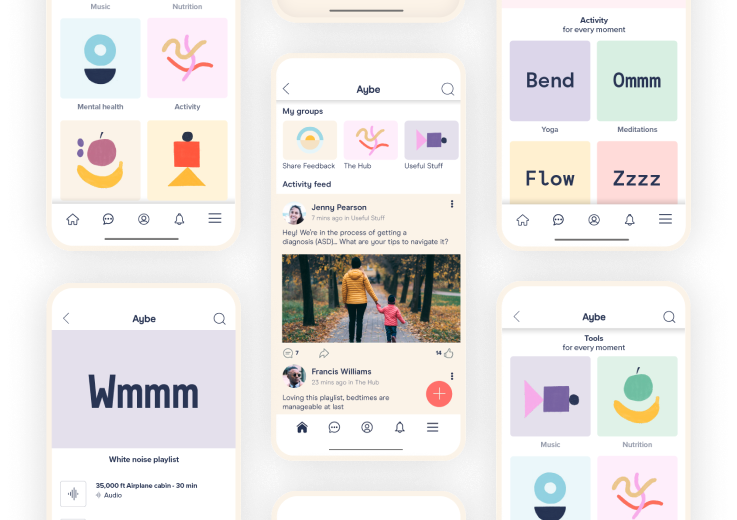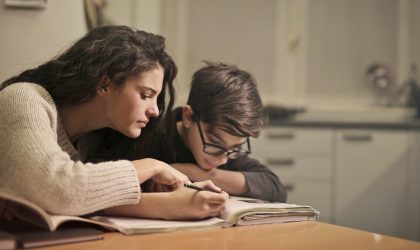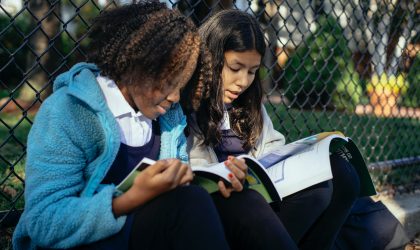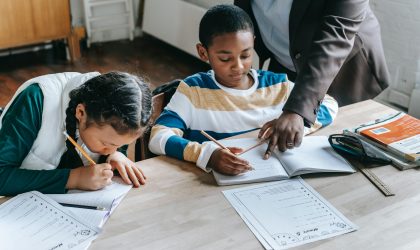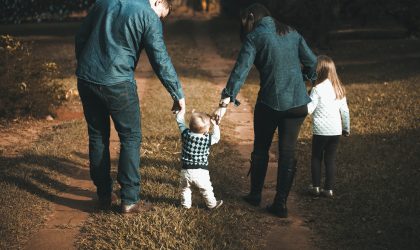What is Neurodiversity?
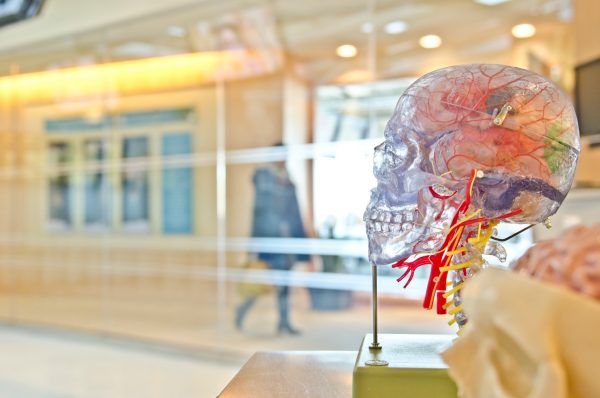
When people really dive into the concept of Neurodiversity for the first time, it’s usually to form a new understanding of a diagnosis. Whether it’s their own or of someone they care about. It’s estimated that 30% or more of people are neurodivergent, so there’s a decent chance you’ve experienced the same thing and you’re looking to gather more information and understanding yourself, right?
The good news is there is a passionate and knowledgeable community out there leading important discussions and creating a wide range of resources to tap into and find the best fit for your situation. Let’s start with the foundation.
Join the Community
Download the app to access more specialist advice, community support and wellbeing tools.
Join today as a Contributor member to gain free* access!
Download now
*Free access, in return for contributing to Aybe on a weekly basis, for example by commenting, liking, responding to feedback requests. See Terms & Conditions.
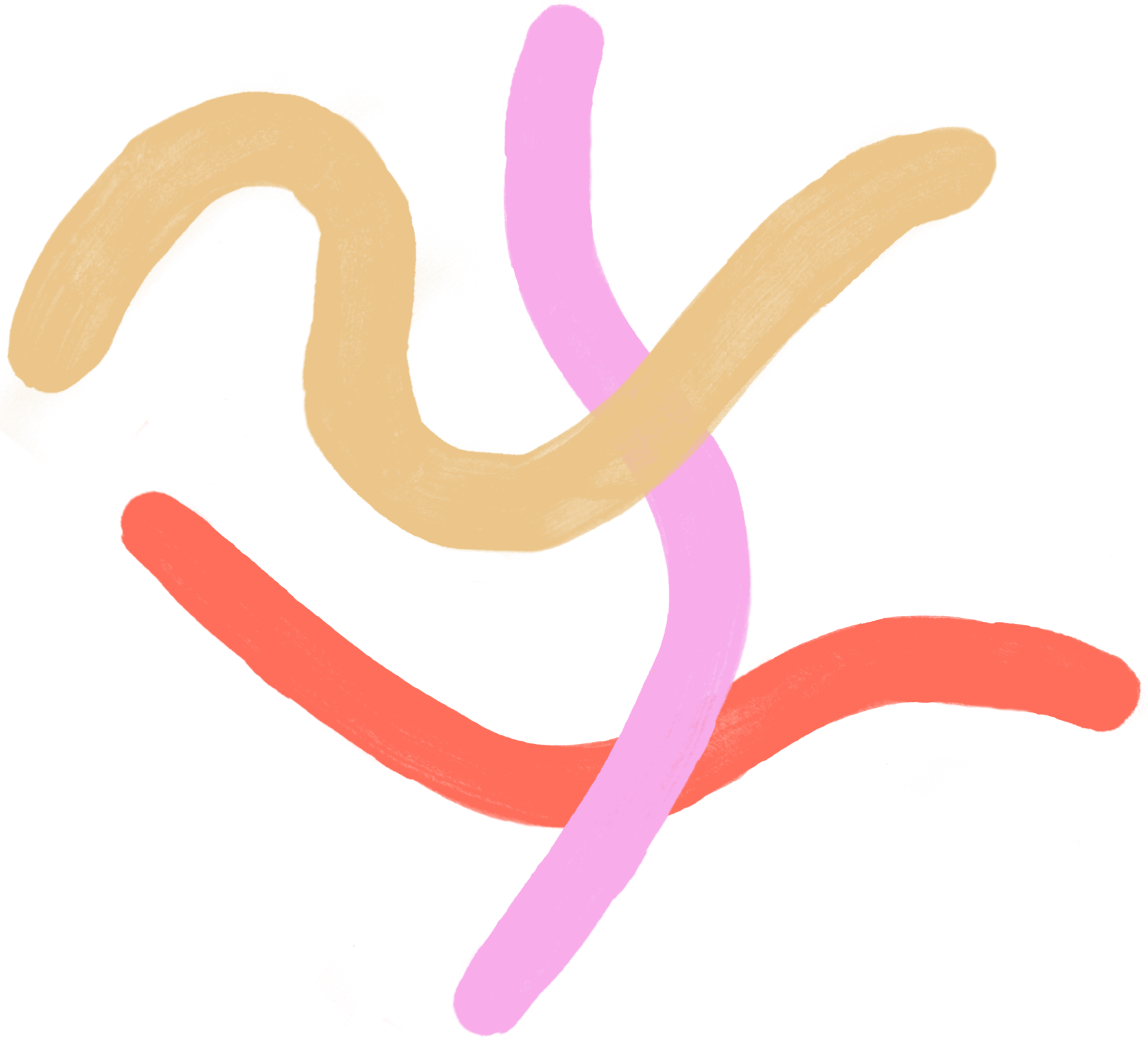
What is Neurodiversity?
The term Neurodiversity was included in Judy Singer’s thesis “Odd People In” for what she believes was the first time. Since then, she has talked about the broader concept on her blog. She explains that instead of being a scientific term, it acknowledges the diversity in human minds and “the importance of including all neurotypes for a thriving human society.”
This allows for the neurodiversity model to displace the medical model of disability and recognise the social model of disability instead, focusing on people-centered supports.
What Does it Include, and is it Innate or Acquired?
The whole Nature vs. Nurture question is not new in conversations around neurodiversity!
Partly because it’s necessary to define all possible diagnoses thoroughly to develop a clear and helpful plan with all the available data and evidence. The other part is just human nature. There’s not much we don’t ask “Why?” about. Our own brain or the experiences, traits, skills, and needs of someone we care about are no exception.
As broad as it seems, the state of being neurodivergent can be largely or entirely genetic and innate, or it can be largely or entirely produced by brain-altering experience in life. It’s often not something we can prove exactly, and in many cases is likely some combination of the two.
ADHD, Autism (or ASC), Dyspraxia, Dyslexia, Dyscalculia, Dysgraphia, and Tourette’s syndrome are all examples of neurodivergence. They’re diagnostic labels used to explain diverse ways of thinking, learning, processing, and behaving. As well as the ways it impacts them and how they interact with the world and its social structures. There are common challenges associated with each neurodiverse condition but also extraordinary strengths that come with having these brain differences.
Neurodivergence and Co-Occurrence
Many of the neurodiverse conditions share characteristics and often overlap. This can be tough, because it makes diagnosis more difficult when we do not consider it. Getting a diagnosis that only accounts for some of the picture (or worse, misses the mark) can mean that the supports or interventions are insufficient at best and possibly even harmful.
And the numbers show how common it is:
- About 30-45% of Autistics can have ADHD
- About 35-40% individuals with dyslexia can have ADHD
- Up to 90% of those with Tourette’s Syndrome can have ADHD
- Up to 50% of Autistics have an anxiety disorder
- People with learning differences have higher rates of clinical depression
Those last two examples show how these co-occurrences can include mental health diagnoses, as well. That can mean it’s possible to make the mistake of assuming the symptoms of one condition as a different root condition. Such as when a person is anxious from feeling behind at work due to ADHD executive dysfunction and they’re treated for anxiety instead of getting support for their unrecognised ADHD.
Why is Understanding Neurodiversity Important?
Neurodiversity is a social model to use instead of the medical model of disability which focuses on the individual as being impaired due to various physical, psychological and social disorders. Understanding it helps with acknowledging the challenges and celebrating the individual strengths that can come with being neurodivergent and recognising social barriers created by the way society organises itself.
This helps us see the whole picture of each person and their role in our diversity as humans. It also creates space for the supports that allow neurodivergents to fulfill their potential. That is, it celebrates the power of cognitive diversity, and supports each person’s unique place in the world.
Ever wondered what are the common challenges and strengths in ADHD, Autism/ ASC or dyslexia? Did you know that there are some social groups that fly under the radar with diagnosis?
Important note: Our initial focus here at Aybe is on some of the most common genetically inherited neurodiverse conditions such as Autistic Spectrum Condition and ADHD, but we’d love to hear your stories and your requests and feedback on any area you’d like to have more information on as we grow.
Join the Community
Download the app to access more specialist advice, community support and wellbeing tools.
Join today as a Contributor member to gain free* access!
Download now
*Free access, in return for contributing to Aybe on a weekly basis, for example by commenting, liking, responding to feedback requests. See Terms & Conditions.

